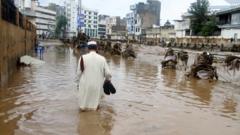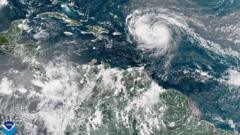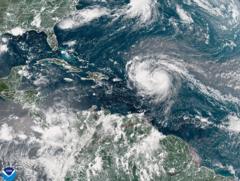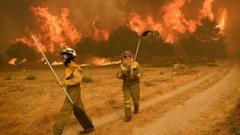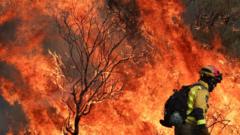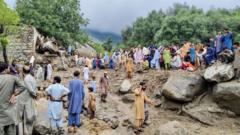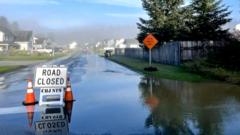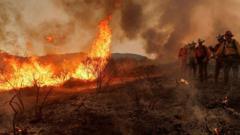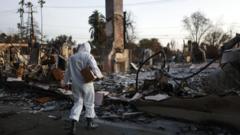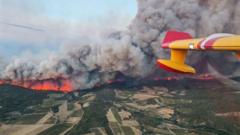Rising global temperatures lead to increased moisture in the air, causing severe weather events to drop heavier rainfall across the eastern U.S., as data shows significant shifts since the 20th century.**
Intensifying Rainfall Patterns Linked to Climate Change Threaten Eastern U.S.**

Intensifying Rainfall Patterns Linked to Climate Change Threaten Eastern U.S.**
A recent storm pattern reveals alarming trends in rainfall across the eastern United States, attributed to climate change.**
The severe storm system currently impacting the central and southeastern United States has brought with it unprecedented amounts of rain and powerful winds. This phenomenon aligns with significant shifts observed in historical rainfall patterns across the eastern half of the country. Research by the National Oceanic and Atmospheric Administration (NOAA) indicates a marked increase in average rainfall in the East from 1991 to 2020, contrasting with decreased precipitation in the West.
This growing disparity fits the predictions of climate scientists, who anticipate that regions already facing excessive rainfall will continue to see heightened precipitation, while drier areas will become even more parched as temperatures rise. Although specific storms can't be solely attributed to climate change without detailed analysis, the correlation is clear—warmer air retains more moisture than its cooler counterpart, resulting in more intense storm systems.
The ongoing rise in global temperatures, primarily fueled by emissions from fossil fuels, has recorded the last decade as the hottest in nearly two centuries, according to the World Meteorological Organization. "Heavy rain events have become more pronounced and are expected to increase further," explained Deanna Hence, a climate meteorology expert at the University of Illinois Urbana-Champaign.
As climate trends indicate an accelerating cycle of heavier rainfall, communities must brace for the consequences, which include flooding, infrastructure challenges, and significant environmental impacts. The future of weather patterns in the United States looks increasingly complicated as climate change continues to assert its influence on precipitation dynamics.
This growing disparity fits the predictions of climate scientists, who anticipate that regions already facing excessive rainfall will continue to see heightened precipitation, while drier areas will become even more parched as temperatures rise. Although specific storms can't be solely attributed to climate change without detailed analysis, the correlation is clear—warmer air retains more moisture than its cooler counterpart, resulting in more intense storm systems.
The ongoing rise in global temperatures, primarily fueled by emissions from fossil fuels, has recorded the last decade as the hottest in nearly two centuries, according to the World Meteorological Organization. "Heavy rain events have become more pronounced and are expected to increase further," explained Deanna Hence, a climate meteorology expert at the University of Illinois Urbana-Champaign.
As climate trends indicate an accelerating cycle of heavier rainfall, communities must brace for the consequences, which include flooding, infrastructure challenges, and significant environmental impacts. The future of weather patterns in the United States looks increasingly complicated as climate change continues to assert its influence on precipitation dynamics.


